The Different Types of DJ Equipment
let’s run through a basic overview of how each one functions and look at the other types of gear you may need to buy for your setup.
If you’re just starting out, there’s only so much time you can spend on someone else’s setup before the itch to have your own decks to play on becomes too great to ignore. But as there is so much to think about when it comes to curating the perfect setup, it can be tough navigating what is the best for your room space, budget, and mixing preference.
We, like many others, all know the struggle all too well, which is why we’ve put together this handy guide that talks you through the different DJ gear buying options with comparisons and recommendations on what to consider when choosing for yourself.
Before we delve into the options for the best DJ equipment for beginners, we’ll quickly run through a few things to bear in mind when you’re looking to put together your setup. First, you’ll need to decide whether you want to opt for the “traditional” layout (turntables), the club-standard setup (CDJs), or an all-in-one solution (controller). It’s important to think about this before you even think about buying anything else, as your mixing platform will dictate a lot of the other things you need to invest in, i.e, records, mixer, power outlets, etc.
Struggling to choose? Check out our blog on Turntables vs CDJs vs Controllers: Which is Better?
Turntables are certainly considered the “old-school” way of mixing, and it’s less common to see turntables in clubs these days unless you’re a veteran like Jef Mills or DJ Shadow who will probably never make the transition over to a digital setup.
If you’re just starting out, you’ll probably be learning how to DJ on a controller or DJing with CDJs. These are the most widespread setups in studios, radio stations, and clubs, and they can be played with CDs, USBs, or with a laptop. A controller, on the other hand, is normally only compatible with USB or laptops. There are pros and cons to using any of them, so you need to have a long hard think about what you want to buy. Nevertheless, let’s run through a basic overview of how each one functions and look at the other types of gear you may need to buy for your setup.
let’s run through a basic overview of how each one functions and look at the other types of gear you may need to buy for your setup.
First up in our top DJ gear picks for beginners, we have the highly-acclaimed Gemini TT-11000USB. This turntable is considered one of the best thanks to its ability to bridge the gap between the digital and vinyl worlds. It plays like a natural, belt-driven turntable only it has the noticeable feel and comfort of a digital platter. Like a standard turntable, it also has anti-skate controls, a slow braking function, plus an on/off button. This baby can manage all vinyl of 33/45/78 RPM, and it’s also great for scratching thanks to its reverse playback capabilities.
Summary: This turntable is considered one of the best thanks to its ability to bridge the gap between the digital and vinyl worlds. It plays like a natural, belt-driven turntable with the agility and comfort of a digital platter.
Why We Recommend: We love the fact that the TT-1100USB can be connected to your PC or Mac via a USB port, which allows you to format tracks on vinyl into 16-bit digital copies at a sample rate of 44.1 kHz. This is of huge benefit if you’ve got old vinyl collections that aren’t released on digital already.
Numark’s TT is another great choice if you’re looking to incorporate a turntable into your setup. It features the same controls such as anti-skate, playback speeds of 33.33 and 45 RPM, and adjustable pitch control. Like the Gemini TT, the Numark TTUSB also comes with easy plug-n-play USB capabilities for your Mac or PC. You can also convert vinyl to digital with this one, however, this one takes it a step further and allows you to transfer cassette tapes into digital files thanks to the 1/8’ mini-jack stereo input.
Summary: The Numark TTUSB comes with easy plug-n-play USB capabilities for your Mac or PC. You can also convert your old vinyl collection and cassette tapes into digital.
Why We Recommend: This one is brilliant because you can export pretty much any analog track into digital formats like MP3 or WAV, allowing you to build up and organize a library that can be accessed quickly. It’s these kinds of features and perks that make the TTUSB a great option for both beginner DJs and wax veterans.
Pioneer’s DJM mixer range is one of the best and most durable in the industry. The DJM 250 MK2 is a particularly good choice for beginner DJs because of its affordability and professional sound. Unlike many mixers in the lower price range, this one doesn’t compromise on sound quality or features either. It sports 3 sturdy vertical faders and a crossfader, 3-band EQ panel, and 2 filters.
Summary: The DJM 250MK2 is a particularly good choice for beginner DJs because of its affordability and professional sound.
Why We Recommend: The DJM-250 audio interface is one of the most clear-cut we’ve ever tried and delivers sound in 24-bit quality. It also includes a full version of Rekordbox software and supports turntables, CDJs, and other outboard gear.
Allen & Heath is one of the leading brands when it comes to top-notch DJ mixers. The Xone series continues to be one of the most popular with vinyl DJs and old-school musicians thanks to its unbeatable quality and sound. The Xone range is also incredibly affordable for any beginner looking to get started with mixing. The Xone 23 is a 2-channel, 4-input analog mixer with a killer set of EQs, filter controls, UV-sensitive markings, and a great little VU monitoring meter to help you set your input gains correctly.
Summary: The Xone series continues to be one of the most popular with vinyl DJs and old-school musicians thanks to its unbeatable quality and sound.
Why We Recommend: While this is primarily an analog mixer, you can switch between line in and phono to accommodate Traktor, Serato, or an FX unit. If you want to experience the quality of Allen & Heath without having to spend hundreds of dollars, the Xone 23 is a great pick for any beginner DJ.
Summary: The sound quality is unfathomably good, and there is a 112dB signal-to-noise ratio when a USB is plugged in, ensuring consistent volume.
Pioneer’s DJ XDJ-RR is a high-quality all-in-one interface that can be used with a laptop thanks to the two built-in USB ports. It can also be used in conjunction with an extra two CDJs or turntables to create a hybrid setup. As there are connections for recording directly onto USB, laptops, and other devices, you can record all your mixes and post them online without having to fork out for an extra soundcard or separate mixer with this controller. The sound quality is unfathomably good, and there is a 112dB signal-to-noise ratio when a USB is plugged in, ensuring consistent volume.
Why We Recommend: The XDJ-RR is portable, lightweight, and ideal for clubs and dark environments due to the 7 inch LCD color display. You can set your hot cues via the screen and navigate your playlists effortlessly using the main toggle. Users can also get really creative with the beat jump, beat loop, and slip loop functions to make some really cool and interesting mashups.
Summary: Like its predecessor, the Numark Mixtrack Pro features the same high-quality interface as the original, only now it comes with new and improved features and a more sleek and intuitive design.
This controller has been in our top picks for some time, and for good reason. Like its predecessor, the Numark Mixtrack Pro features the same high-quality interface as the original, only now it comes with new and improved features and a more sleek and intuitive design.
The illuminated platters are now touch-activated and there are 16 multifunction backlit performance pads instead of the former 8. It also has an auto-loop feature, allowing you to extend a build-up, breakdown, or drop with ease. As expected, there is a 3-band EQ with two filters, plus an awesome range of FX to spice up your transitions.
Why We Recommend: As far as portability goes, the Mixtrack Pro is lightweight, durable, compact, and makes the perfect travel companion for your PC or Mac. Serato DJ Lite software is included with all purchases.
Summary: This controller is incredibly portable, lightweight, and is unarguably one of the best on the market when it comes to software integration.
The Traktor Kontrol S2 MK2 from Native Instruments is an upgrade of the S4 DJ controller. This new model is a lot more portable and lightweight and is unarguably one of the best controllers for beginner and professional DJs.
It features easy plug-and-play support and is ideal for mobile DJs thanks to its compatibility with iPad and iPhones. Like the former model, it also comes with silicone-lined jog wheels, a high-resolution LCD display, hot cue buttons, 16 backlit drum pads, and scratch controls.
Why We Recommend: The S2 MK2 is sturdy, affordable, and packed full of features that can add some real weight to your mixes. For an entry-level controller, you can pull off some incredible tricks on the S2.
Summary: For many DJs, Rekordbox is their most valuable asset thanks to its smooth interface and excellent performance capabilities.
Pioneer is the most recognized brand when it comes to DJing and Rekordbox is the company’s unrivaled DJ software. Whether you purchase a model like the DDJ-400 from its DJ controller range, or you spend a bit more and opt for a Pioneer mixer and a pair of players, Rekordbox will be your weapon of choice when it comes to software.
Originally, Rekordbox was intended as a tool for music preparation, but in the last decade, it has become much more than that. For many DJs, it’s now their most valuable asset thanks to its smooth interface and excellent performance capabilities.
Why We Recommend: The software lets you do everything from organizing playlists and finding the keys and BPM of your tracks to setting cue points, memory points, and actual mixing without the need for anything external.
Summary: Serato is compatible with third-party software, giving you lots of options when it comes to selecting the gear you want to mix and play on.
Serato is Rekordbox’s most worthy adversary, and both are pretty much the same when it comes to functionality and performance possibilities. Serato gained a lot of attention among hip-hop artists and scratch DJs in the US back in the late 2000s, and you’ll see a lot of classic turntablists using Serato and other DVS platforms to mix on these days instead of their traditional setups. There are a few different versions of Serato, including the highly-acclaimed “Scratch Live”, which is exclusively designed for laptop DJs (because the software doesn’t work for USB).
Why We Recommend: Despite being designed for laptops only, users aren’t limited by this because Serato is compatible with third-party software. This gives you a lot more options when it comes to selecting the gear you want to play on; you can go for brands like Numark, Denon, Roland, Reloop, and Pioneer.
For more recommendations, check out our full review of 5 Awesome Mixing Softwares for DJs.
Summary: Thanks to its intuitive and partially automated interface, VirtualDJ takes out most of the leg work of being a DJ and lets users get busy with crafting the perfect playlists and selections that will rock the crowd sideways.
VirtualDJ is one of the more historical names and one of the most popular DJ platforms today. The free version of the software has had millions of downloads, and for those who spend money on buying the full version, it comes with lifetime upgrades. When paired with a controller, VirtualDJ becomes one of the best software available for beginners. Thanks to its intuitive and partially automated interface, it takes out most of the leg work of being a DJ and lets users get busy with crafting the perfect playlists and selections that will rock the crowd sideways. Like Serato, the software is only suitable for laptop DJs.
Why We Recommend: It’s so easy to get going with VirtualDJ thanks to the fact that most of its functions are automated. While it may not have its own hardware, it works well with pretty much any other DJ brand you can think of – just plug in and get going!
Summary: The Rokit RP7s have aged like a fine wine and KRK has made continuous improvements to their sound quality while still keeping the cost well within most people’s budget.
For more than 10 years, KRK’s world-known yellow-trimmed Rokit speaker range has been a staple in the bedroom setup of aspiring DJs and producers. These babies have aged like a fine wine and KRK has made continuous improvements in their sound quality while still keeping the cost well within most people’s budget.
These speakers are now in the fourth generation and they boast a distinctive sound that’s more than capable of handling your mixing and production needs.
Why We Recommend: In addition to being powerful and bass-heavy, the Rokit RP7 G4s also have some pretty neat built-in features including a DSP-powered room analyzer and a graphics EQ to help you get the perfect balance of sound for your space.
Summary: The T54s are one of the most affordable in the Adam product line, and despite being more compact and cheaper than the T5V, they certainly don’t compromise on quality.
Adam Audio is another highly-regarded name when it comes to ruggedness and exceptional separation and imaging studio monitors. Normally you would pay upwards of a grand each for their high-end range, but the T54s are one of the most affordable in their product line, and despite being more compact and cheaper than the T5V, they certainly don’t compromise on quality.
Why We Recommend: If you’re wanting a speaker with tons of power and bass for both DJing and production purposes, the T54s should definitely be on your shopping list. The EQ panel on the back makes shaping the sound to your room a breeze, and the HPS waveguide creates a wide sweet spot that’s ideal for most DJs.
Summary: The ear cups have excellent sound isolation thanks to the closed-back design and thick padding. As a result, you’re able to stay focused on your mixing without worrying about external noise seeping through.
Sennheiser is a pioneering audio company that has been sat at the top for years when it comes to the best DJ headphones. The HD25s are the headphones of choice for DJs all over the world namely for their lightweight frame and comfy padded headband and ear pads are great for long use. The standard black padding can also be customized and exchanged for different colors. This model comes with swivel ear cups so you can cue up and listen to your next track while the other ear is in tune with the crowd.
The sound can go up to 120dB(SPL) on the Sennheiser HD25, which is needed when you’re using them in a loud setting. Bass notes are also amplified by the headset, allowing you to keep track of the beat easily. What could pose a slight hindrance to some is the 10-foot straight default cable. Luckily you can easily replace this with a longer rubber coil cable if you plan to use them for everyday purposes.
Why We Recommend: If While the ear cups are small, they have excellent sound isolation thanks to the closed-back design and thick padding. As a result, you’re able to stay focused on your mixing without worrying about external noise seeping through.
Summary: The HDJ-CUE1BT provide a solid sound profile from the headphone’s 40mm dynamic drivers that amplify the bass notes to make beat-matching a breeze.
Pioneer makes some of the best controllers and turntables on the market, but the company also has a line of award-winning DJ headphones. On the lower end of the price range is the Pioneer HDJ-CUE1BT Bluetooth headphones, which despite coming in at less than $100, are some of the best when it comes to quality and DJ functionality. They are built to be portable, lightweight, and flexible thanks to the closed-back rotating ear cups that lie flat when they’re not being used. The 1.2m cable extends to 1.8m, giving you the ability to move around your setup with ease. The frequency response comes in between 5Hz-30kHz and pushes up to 104dB volume-wise.
Why We Recommend: You get a solid sound profile from the headphone’s 40mm dynamic drivers that amplify the bass notes to make beat-matching a breeze. On a single charge, you can enjoy up to 47 hours of battery power.
Regardless of what gear you choose to invest in as a beginner, there is a range of great options to suit your budget, aspirations, and preferences. The market is flourishing for DJ equipment at the moment, which also means a lot of the price tags have fallen on some of the best buys. If you have a laptop, you can now have a full mixing setup for less than $100.
Of course, if you have deeper pockets and want to mix on something more traditional or club-standard, you can buy a highly affordable DJ controller or pair of CDJs. Turntables will always cost you more, but if you want to broaden your skills and mix like a veteran, we’d certainly recommend adding at least one vinyl player or DVS deck to your setup.

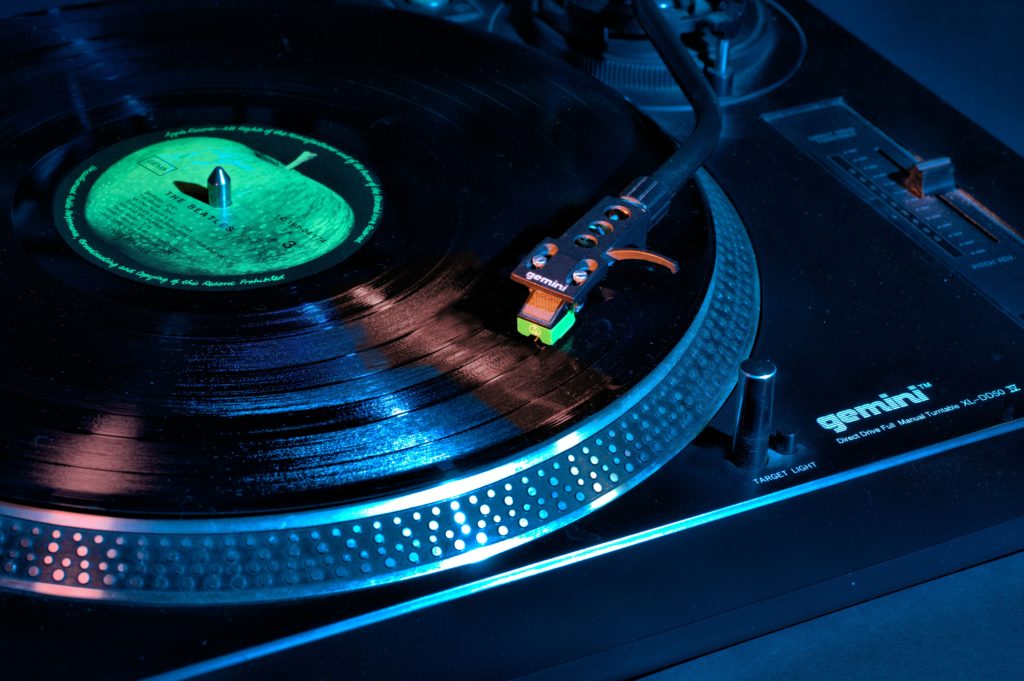
As mentioned, mixing on turntables is the classic way of DJing, and even some digital DJs still have a vinyl player or two in their repertoire. Turntables are ideal for those who want to get into scratching. They also allow you to switch between songs and albums, slow down tempos, alter the pitch, and do other creative tricks. While laptops and digital DJ setups are the most popular in this day in age, we still recommend learning how to mix on vinyl, even if you don’t plan to buy turntables or use them in your setup. The saying is true – if you can play on wax, you can play on anything.
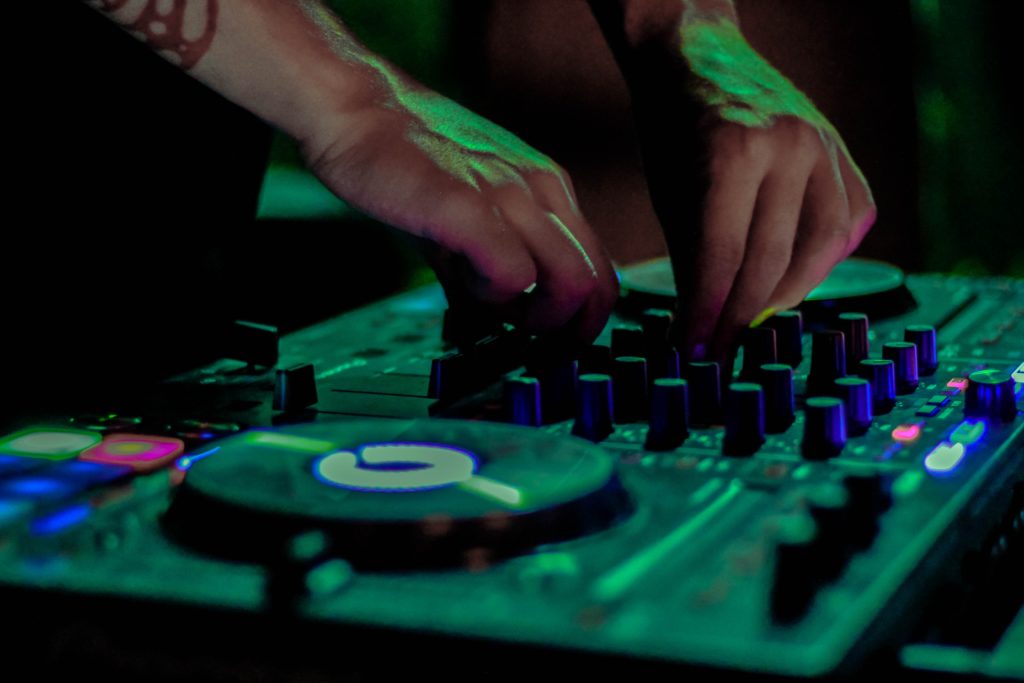
For any analog DJ setup, a mixer is an essential bit of kit. Besides being used to make seamless transitions from one song to another, they also have a wide range of other functions. The crossfader can be used to make epic scratch performances, while the vertical sliders control the volume levels, panning, and can be used in conjunction with effects. They also act as a soundcard to process the music signal you’re sending out to your audience, and let you cue up your next track in your headphones while the current song is playing.
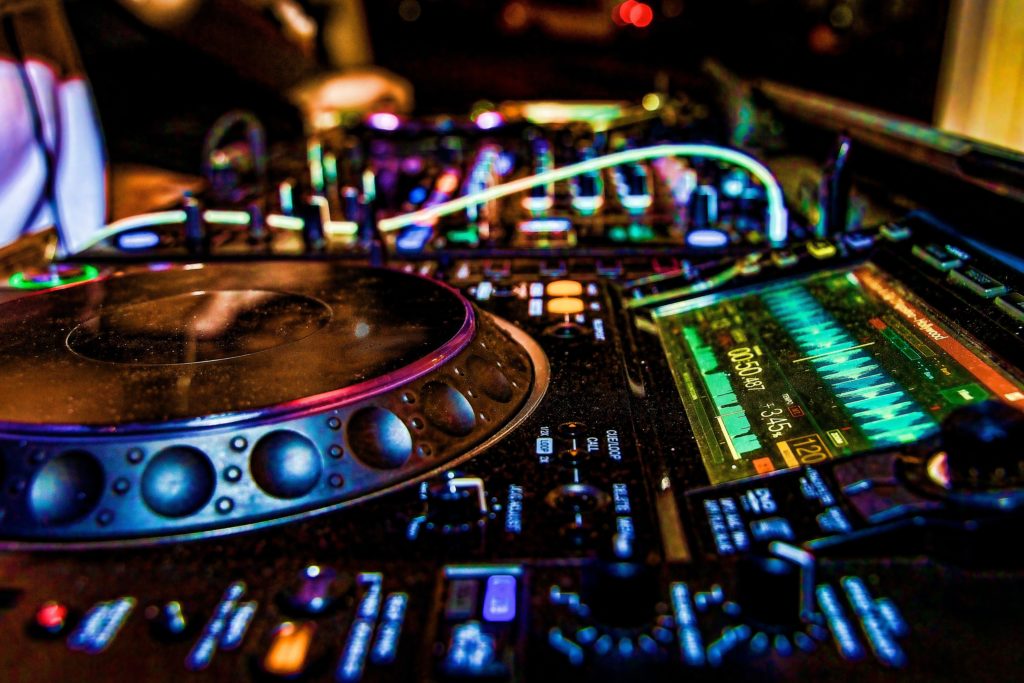
DJ controllers are highly convenient because they are an all-in-one setup that you can carry around with you, then plug in and play right off the bat. They also eliminate the need to spend thousands on individual pieces of gear. There are many different types of DJ controllers that are ideal for beginners, each with different functions, personalities, and more. Some are fantastic for multi-deck mixing, changing the volume, tempo, track settings, looping, panning, playing drum pads, and even scratching.
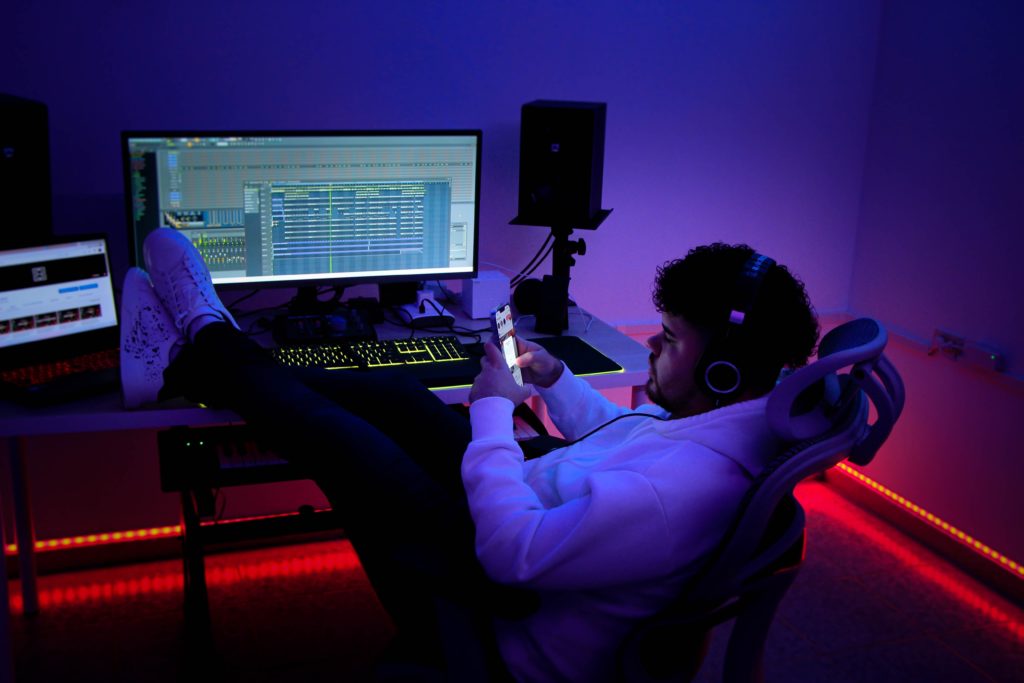
If you’re looking to play solely digital, you’re going to want to invest in some good software. Some DJs who play from USB still do not use software, but the truth is, it can seriously help you stay organized. Software not only allows you to prepare your tracks into neat and tidy playlists, but it also detects the BPM and key of all your tunes, lets you set hot cues, make loops, mashups, and other really cool stuff that wouldn’t be possible if you simply stuck all your tunes on a USB stick or burned them to CD. If you’re just starting out as a DJ, there’s no question that using a high-quality software program will make mixing easier and your sets sound better.
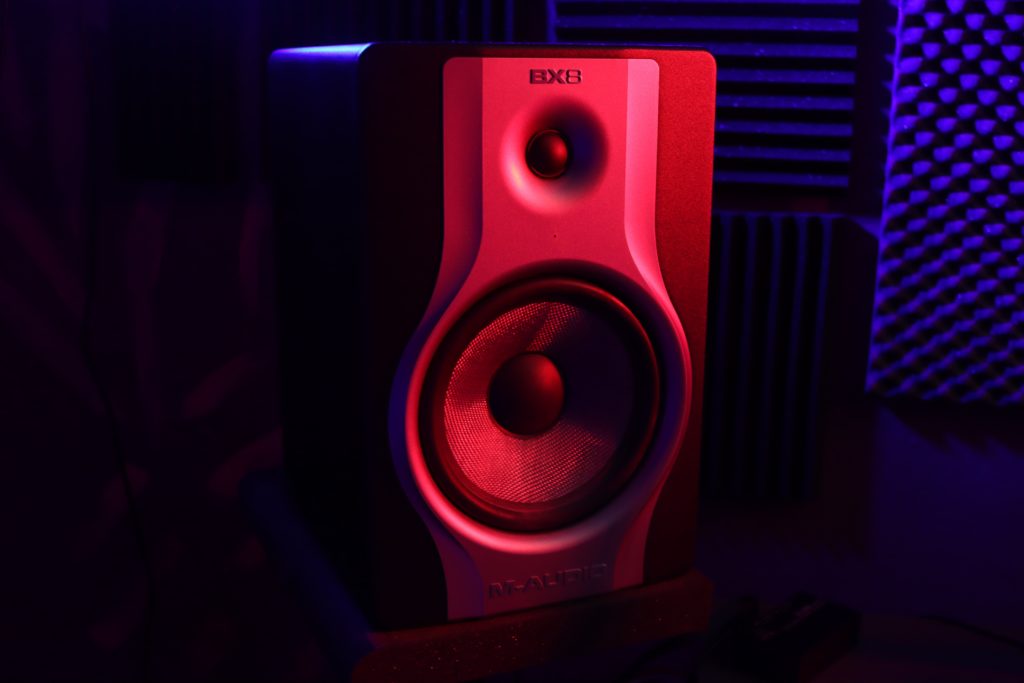
If you haven’t got some already and need to add speakers to your shopping list, you’ll want to avoid cheap brands and opt for some which are powerful but suitable for your DJing environment. You wouldn’t go out and buy a huge PA system if you live in a cupboard under the stairs, and you wouldn’t invest in some tiny desk speakers if you are mixing in a large room with thick walls and high ceilings. A set of speakers that fit somewhere in the middle is best.
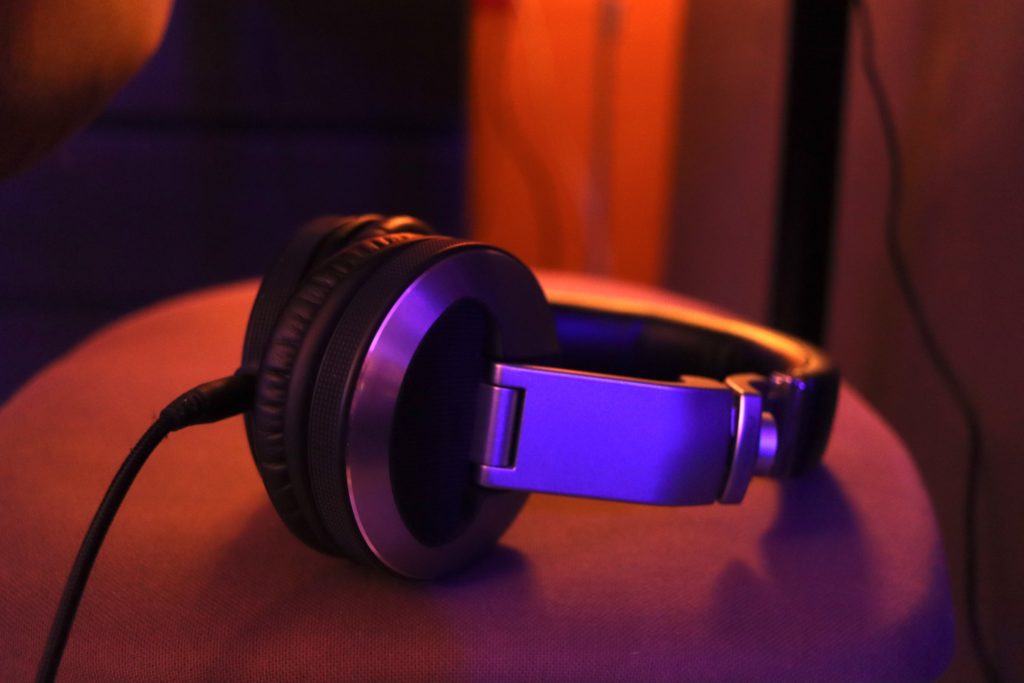
You can’t DJ properly if you can’t hear what you’re doing or gauge what the audience is hearing. This is why a top-class pair of headphones is essential in any DJ setup. There are hundreds of great headphones on the market, but what you need to factor in when buying is whether they will be in-ear or over-ear, the cup size, orientation, comfort, and durability, among other things.